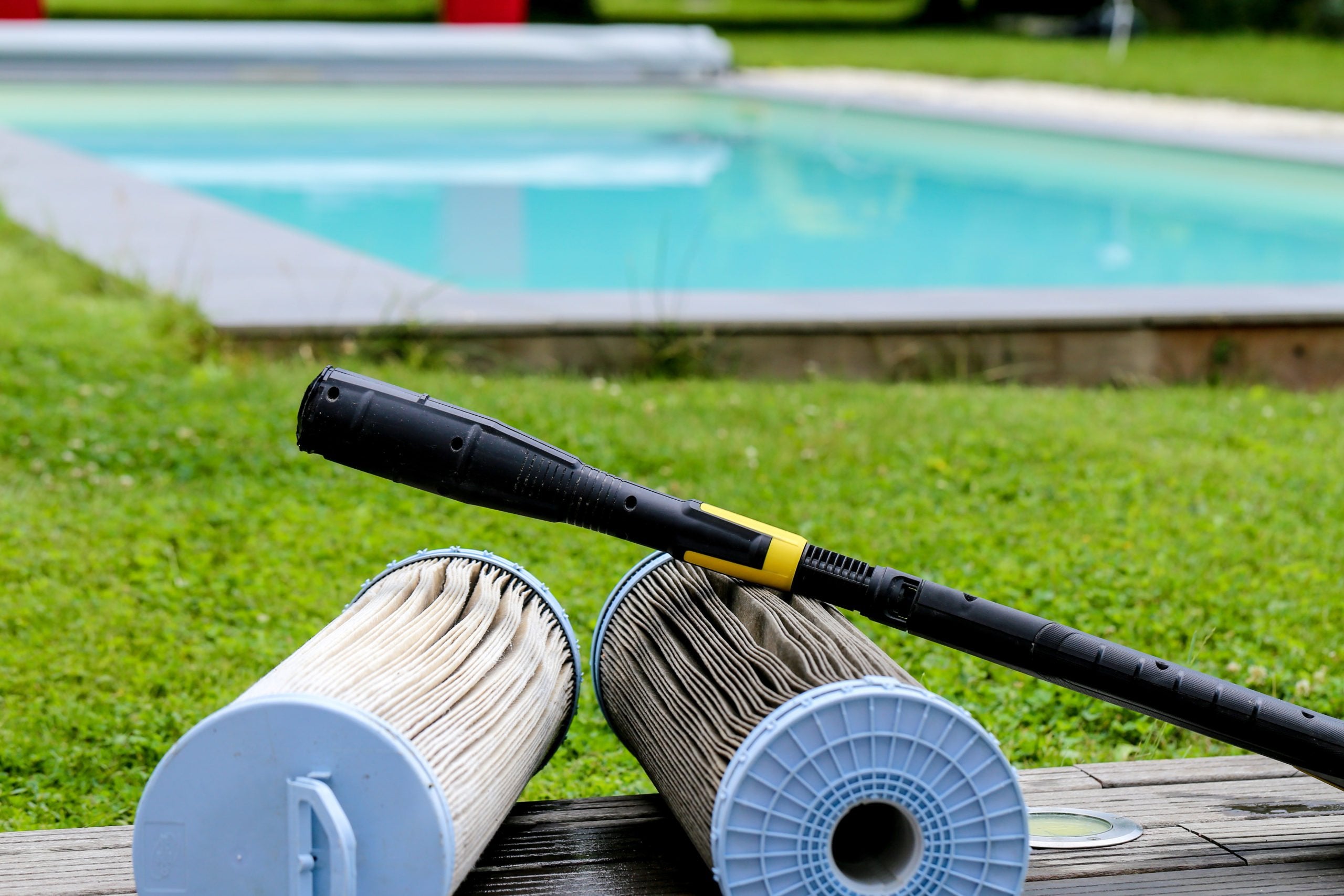General Recommendation: The typical advice is to run your pool pump for at least 8 hours a day to ensure the water is filtered completely at least once. This turnover rate can vary depending on your pool's size and shape, and it's essential for maintaining water clarity and cleanliness.
Calculating Pool Volume: To determine the appropriate run time, you first need to calculate your pool's volume. For rectangular pools, multiply the length, width, and average depth. For circular pools, use the formula π * radius squared * average depth.
Flow Rate: The flow rate (in gallons per minute or GPM) is crucial for selecting a pool filtration pump. It's the amount of water filtered in a given time. For example, if your pool volume is 48 m³, and you want to filter it in 4 hours, your flow rate would be 12 m³/hour.
Turnover Rate: The turnover rate is the time it takes for all the water to pass through the filter once. It's generally recommended to achieve at least one full turnover per day, but two turnovers in a 24-hour period are even better.
Seasonal Adjustments: During the summer or in warmer temperatures, you may need to run your pump for longer periods, up to 10-12 hours a day, to combat algae growth. In winter, you might reduce this to 6 hours or less.
Variable Speed Pumps: If you have a variable-speed pump, you can adjust the speed according to your needs. These pumps are more energy-efficient and can run for fewer hours at lower speeds to achieve the same turnover rate.
Off-Peak Hours: To save on electricity costs, it's recommended to run your pool pump during off-peak hours when electricity rates are lower.
Chemical Distribution: After adding chemicals to the pool, you should run the pump to ensure even distribution. This is especially important after shock treatments.
Above Ground Pools: Above ground pools often come with undersized pumps that may require 24-hour circulation to achieve turnover. Upgrading to a larger or variable-speed pump is recommended.
Inground Pools: For inground pools, running a single-speed pump 24/7 is not economical. Variable-speed pumps can be run for longer periods at lower RPMs to achieve turnover.
Energy Efficiency: Energy-efficient, variable-speed pumps can lead to significant energy savings. They are also quieter and have longer lifespans.
Non-Consecutive Hours: The 8 hours of recommended run time do not need to be consecutive. You can spread the run time throughout the day based on peak and off-peak hours.
During Rain: It is generally okay to run your pool pump during rain, as it helps circulate and filter out impurities added by the rain.
Out of Season: Even when the pool isn't in use, it's essential to run the pump for reduced hours to keep the water sanitized, prevent freezing, and remove debris.
Pump Power: The power of your pump (measured in horsepower) affects how quickly it can turnover the water. More powerful pumps can circulate water faster, but they should not exceed the capacity of your filtration system.
Remember, every pool is unique, and the specific needs can vary based on factors like pool size, pump type, and local regulations. It's always a good idea to consult with a pool professional or refer to your pump's manual for specific recommendations.

